Politics Aside, President Obama Just Beautifully Articulated What America Is
I'm not suggesting that I agree with all of Barack Obama's policies. In fact, I think a good number of them are detestable, ineffective, and sometimes even frightening. I believe in being relentlessly critical of power, no matter who wields it. You might even say I'm something of a cynic. That, however, is why even I couldn't help but giggle with delight at most of the President's second inaugural address. Really, he is an outstanding orator — one of our very finest. And he gets just about everything right in this speech. Sure, you might say, it's just empty rhetoric, just some pretty but shallow words floating above the reality of broken government and a divided America. But hearing the President speak so confidently and righteously about this country… well, it gives me hope.I know, I know — that's, like, his “thing." But there's so much more truth in this speech than vacuous slogans or shallow public image-crafting that even cynics like me are forced, begrudgingly, to remember that hope is real and reigns eternal. If you don't, you're doing it wrong.
At 2:08, and with a charming turn of phrase, President Obama humbly reminds us Americans that the Constitution isn't some computer program that the Founding Fathers simply pressed “Run" to make magically work forever.
At 3:29, to the shock of everyone except Alex Jones, Obama admits he is a Marxist-Leninist revolutionary and intends to establish something he calls “Socialism with American characteristics." Just kidding. Actually he just says that America isn't about letting oligarchs gamble away the nation's wealth while letting disadvantaged people die in the gutter, all in the name of some mutated “liberty."
Plus, at 4:00, he basically says that conservatives are right about a lot of things.
At 6:27, he says some really reasonable things that reasonable people probably all found really decent and reasonable. Too bad those sorts of people don't have a filibuster-proof majority in the Senate.
At 7:10, Obama delivers a really great line that atheists and believers alike will swoon at.
At 8:15, you can hear the sound of every member of Congress's mind being blown, all at once.
At 9:13, you can hear the sound of every Ayn Rand-worshiping economist's mind being blown, all at once.
At 9:52, President Obama says something really important and good that you should agree with unless you don't understand that scientists aren't, in fact, magicians who conjure up whatever they want.
At 11:07, President Obama says something about “perpetual war," and every human being should hope he's being sincere.
At 13:22, he says something so amazingly beautiful and good that he spontaneously blasts off from the stage and up into the Canon of Great Orators.
At 14:27, President Obama acknowledges, finally, that the struggle of LGBTQ* folks are irrevocably part of any broader fight for civil rights. If only I could make text roar with applause.
At 16:30, President Obama drops some truth on our miserable Congress yet shows some stunning humility.
No matter what ideology you subscribe to, no matter what you think of the President's policies, this speech is worth watching and worth taking seriously. Watch it, share it.
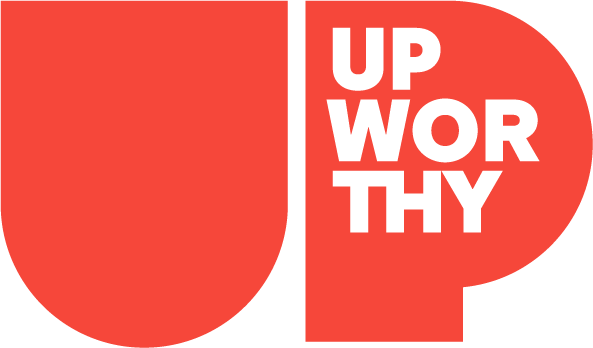
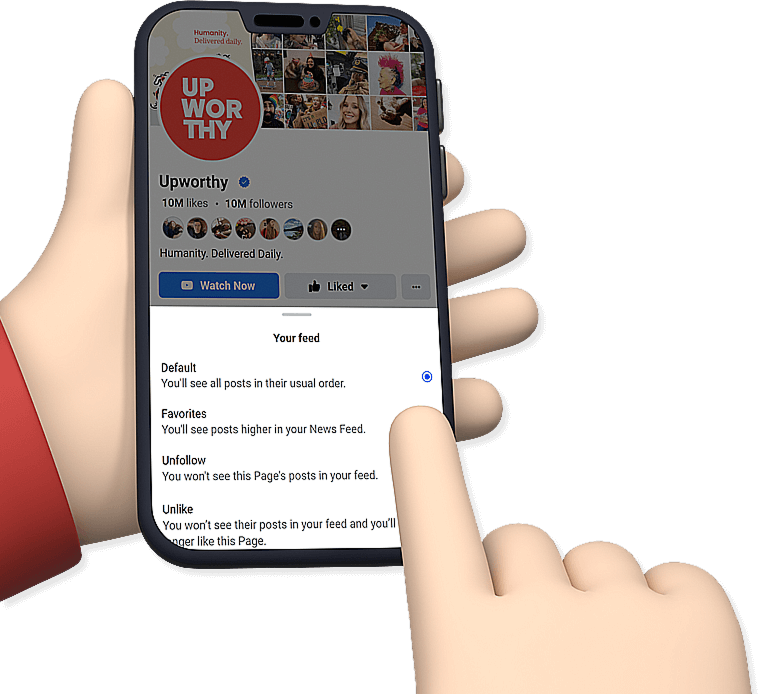
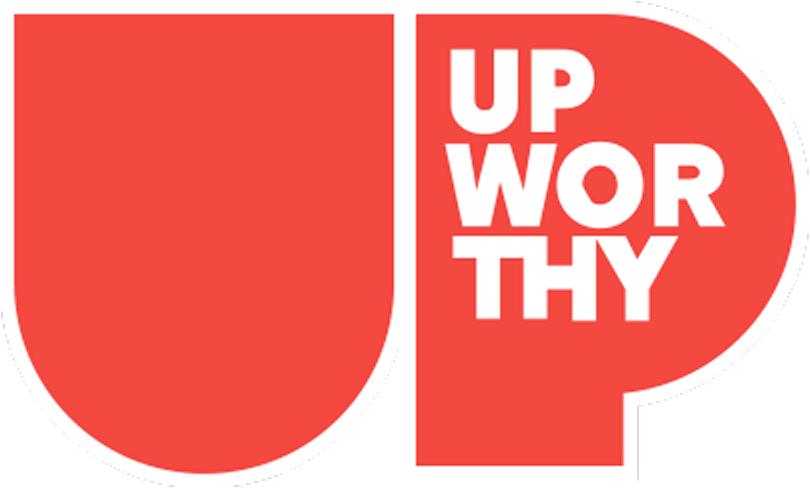

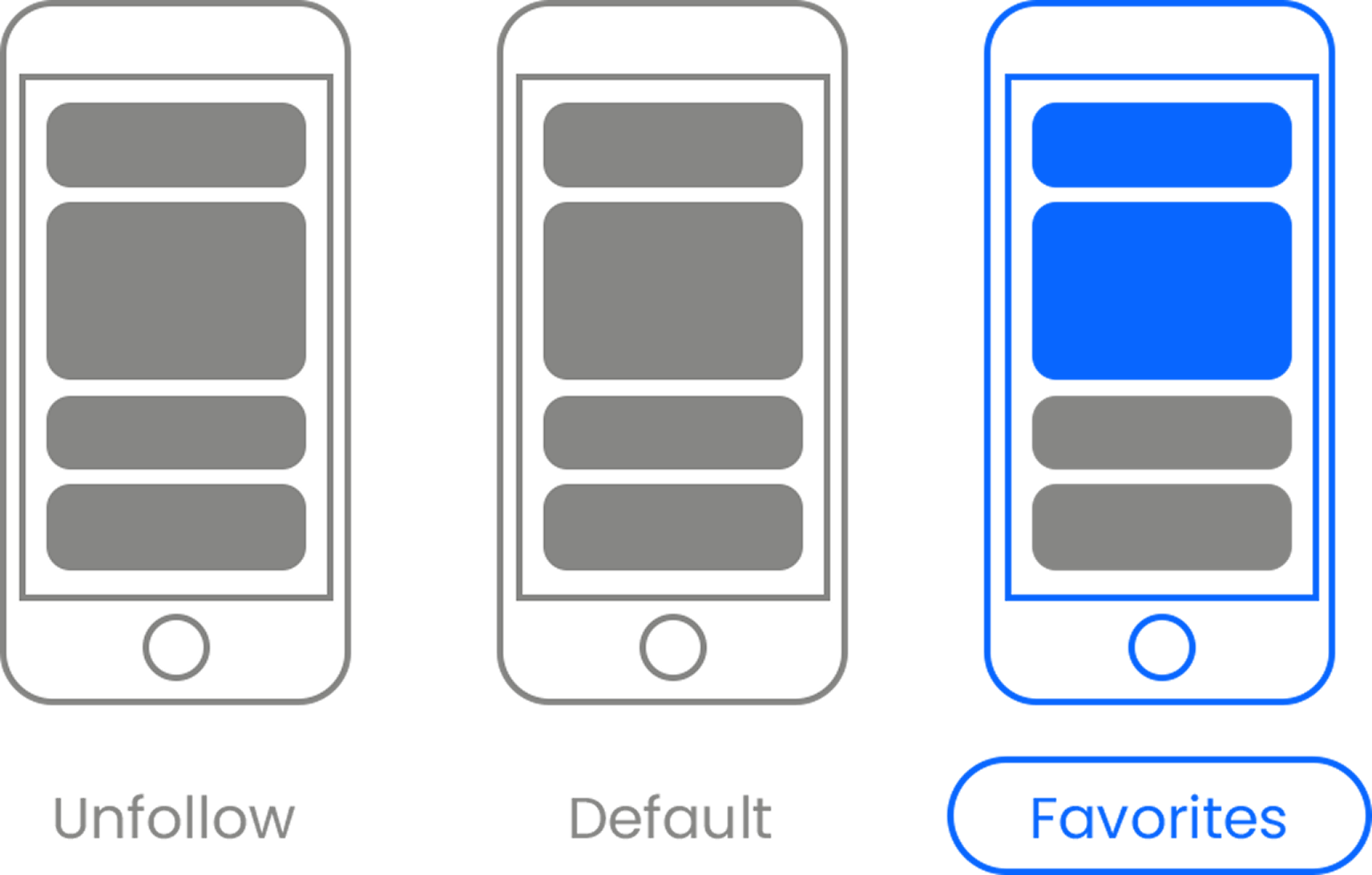

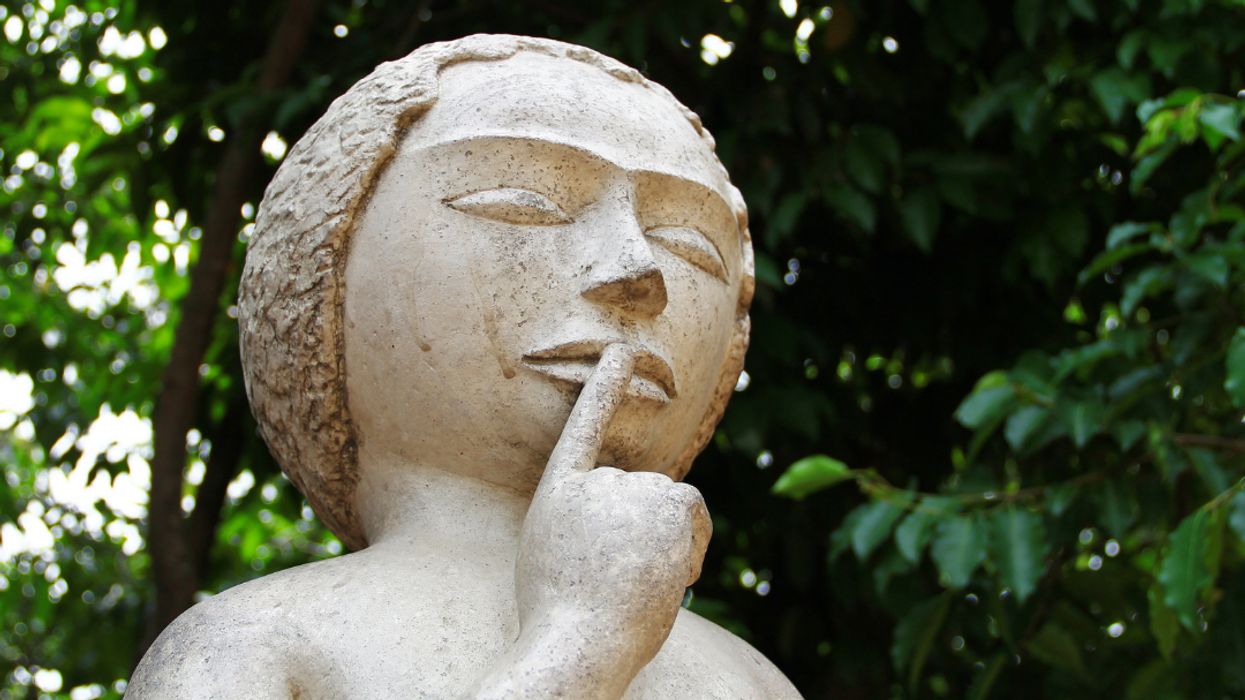 The more passionate you are about your goals, the more secretive you should be.
The more passionate you are about your goals, the more secretive you should be.  Beaver in water. Photo by
Beaver in water. Photo by  An actual beaver dam on the now-thriving Price River
An actual beaver dam on the now-thriving Price River A man and woman chatting.via
A man and woman chatting.via  Coworkers having a conversation.via
Coworkers having a conversation.via  Coworkers having a conversation.via
Coworkers having a conversation.via  A sanitation worker giving the big thumbs up.via
A sanitation worker giving the big thumbs up.via
There's a reason why some people can perfectly copy accents, and others can't